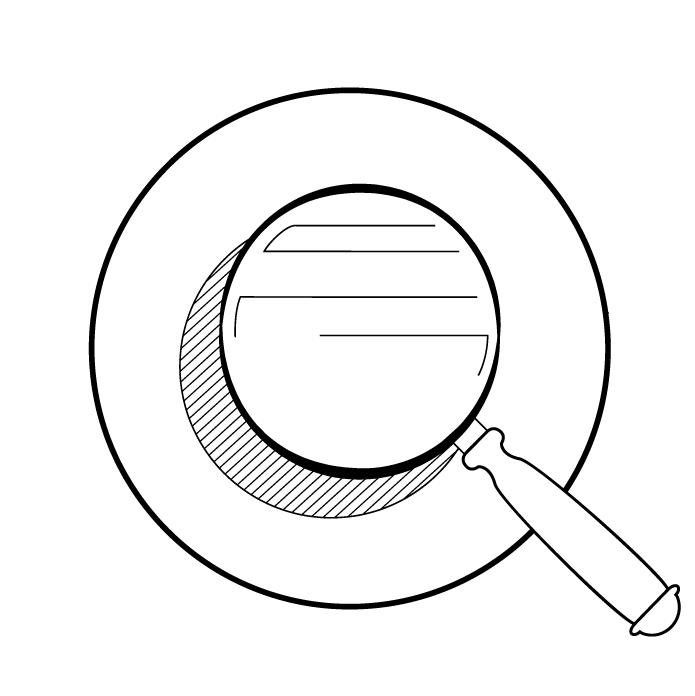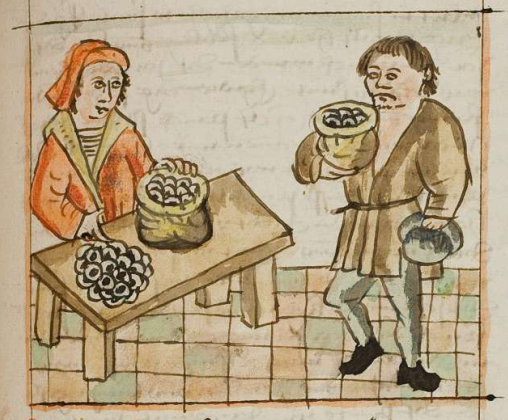 Money, History, and Moral Economies: Communicative Functions of Monetary Information in the Institutional Historiography of the Later Middle Ages (1250–1530)
Money, History, and Moral Economies: Communicative Functions of Monetary Information in the Institutional Historiography of the Later Middle Ages (1250–1530)
Marcus Meer
m.meer@ghil.ac.uk
As experiences of crisis cause uncertainty and increase inequality, politics and scholarship turn to the past in two connected ways. As the economic models of the present are placed under review, there is renewed engagement with the concept of a ‘moral economy’ (Levi & Farrell, 2023; Sayer, 2000, originally Thompson, 1971), whose zenith is usually located in pre-modern times,. But historians themselves, such as Thompson, and the stories they tell of the past have entered the spotlight as well. Scholars have observed that historical writings also have an impact on political economies (Lenel & Nützenadel, 2023; Shiller, 2019), echoing work on the influence of culture and its communicative media on economic thought and practice, such as the rhetoric associated with quantitative models (McCloskey, 1998) or monetary metaphors in popular literature (Woodmansee & Osteen, 1999).
How pre-modern societies brought about any (potentially more moral) political economy by means of history as a medium of economic thought and practice, however, has so far escaped scholarly scrutiny. This project proposes that we should pay attention to the chronicles written by and for members of cities, monasteries (men’s and women’s), and royal and princely courts, which abound in a conspicuously monetary and numerically specific rhetoric, consisting of suggestively precise mentions of amounts of money (e.g. prices, taxes, debts, exchange rates) alongside more extensive discussions of monetary matters (e.g. debasement of currency, inflation/deflation, ideals of monetary policy). The monetary information contained in these sources will serve as the project’s heuristic key to pursue a comparative, trans-regional investigation, analysing institutional chronicles in England, the Low Countries, and the northern parts of the Holy Roman Empire written from the late thirteenth to the early sixteenth centuries.
Historians have largely ignored these references to money in medieval chronicles, limiting themselves to cursory remarks on their conspicuous aggregation (e.g Dunphy, 2010). Economic historians have dismissed the monetary information embedded in historiographical narratives for apparent as well as suspected factual inaccuracies (Gillingham, 1990; Thorold Rogers, 1864). Disappointingly, then, the question of why medieval chroniclers so often opted to discuss money and specific monetary amounts remains open. This is especially surprising given the broader recent scholarly engagement with the intersection of economic and cultural history (Beugelsdijk & Maseland, 2010), which also saw medievalists turn to questions of economy and morality in the Middle Ages (Faith, 2019; Sharp, 2000; Mäkeler, 2005). Theologians, philosophers, and jurists form the focus of medieval studies’ engagement with cultural influences on the economy in the Middle Ages (Williams, 2018; Todeschini, 2012; De Kerf, 2010), but there is less work on the communicative media that may have allowed opinions on money and the economy to leave the treatises of medieval scholars and contribute to economic thought and practice – the ‘bounded rationality’ of the ‘moral economy’ of the Middle Ages – among broader audiences (but see Schuurman, 2024; Seaman & Woodall, 2022; Lorenc, 2013; Little, 2008).
This project argues that monetary rhetoric in institutional chronicles belongs to these formative media of economic thought and practice. This rhetoric was perhaps not merely the result of the personal or professional interests of chroniclers, a symptom of a spreading monetary consciousness, or testimony to the persuasive appeal attributed to numbers in the wake of increasing numeracy. Instead, the pecuniary mindset and desire for numeric precision visible in this monetary rhetoric may have served medieval chroniclers as a communicative tool that was meant to imagine and instil the memory of their institutions’ past, and with which they aimed to communicate expectations around economic thought and practice in the present and anticipate a contingent future. Monetary rhetoric may have strengthened (or weakened) positions of individuals and collectives at the top of institutional hierarchies by claiming, denying, or assigning responsibility for political decisions and economic conditions. At the same time, it may also have transmitted normative expectations regarding the economic practices of institutions. Chronicles advised future decision-makers, for example, to avoid failed experiments and instead follow examples of success, all while navigating moral boundaries. Finally, and especially in the face of acute crises, monetary rhetoric also aided the formation of institutional identity, insofar as monetary ‘highs’ and ‘lows’ were remembered as part of a shared past.
By uncovering such functional dimensions of monetary rhetoric in institutional chronicles, this project stands to reveal not only a neglected symptom of the expansion of pragmatic literacy and numeracy or a means of preserving knowledge for administrative purposes. Monetary rhetoric in historiography is also poised to emerge as a powerful argument for or against the current state of affairs and thus, like the writing of history in general, as an argument in processes of institutional decision-making and as an aid for individual and collective strategies of justifying both change and the status quo. The project’s comparative approach allows monetary rhetoric in medieval historiography to be investigated as a phenomenon with possible institutional, regional, or gender-specific variations related to the chroniclers’ environment – or indeed as a communicative practice shared across Europe. Finally, the project promises to generate an intervention in contemporary discourses on diachronic conceptions of economic orders and institutional structures of pre-modern society and modernity, sparked by experiences of being at the mercy of contingent economic developments.
Related events and publications
‘Geldwerte Geschichte: Monetäre Rhetorik und Tagespolitik in der englischen Stadtgeschichtsschreibung’, Kolloquium Mittelalter/Frühe Neuzeit an der Fakultät für Geschichtswissenschaft, Philosophie und Theologie, Bielefeld University, 2 May 2024.
‘Stupid, Sexy Numbers: The Prominence and Persuasiveness of Monetary Information in Medieval Historiography’, Late Medieval History Seminar, Institute of Historical Research, London, held at The National Archives, Kew, 10 November 2023.
‘Geld und Gedächtnis: Monetäre Informationen und spätmittelalterliche Historiografie am Beispiel englischer Stadtchroniken’, Forschungskolloquium Spätmittelalterliche Geschichte/Wirtschafts- und Sozialgeschichte, Kiel University, 7 February 2023.
‘The Mayor’s Value(s): The Measure of Money in Urban Historiographical Texts’, European History 1150–1550 Seminar, Institute of Historical Research, London, 10 November 2022.
‘Failed Experiments and Demonstrable Expertise: Financial Policy and Urban Historiography in Bristol and Brunswick’, Medieval Finance Workshop, 5 May 2021, University of Reading.